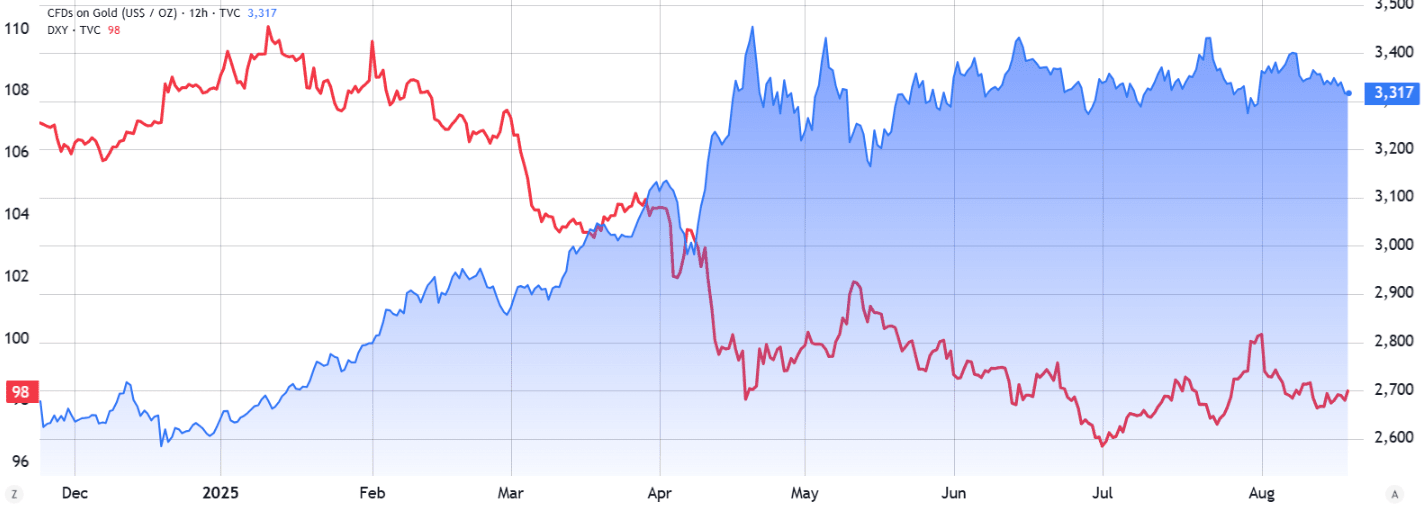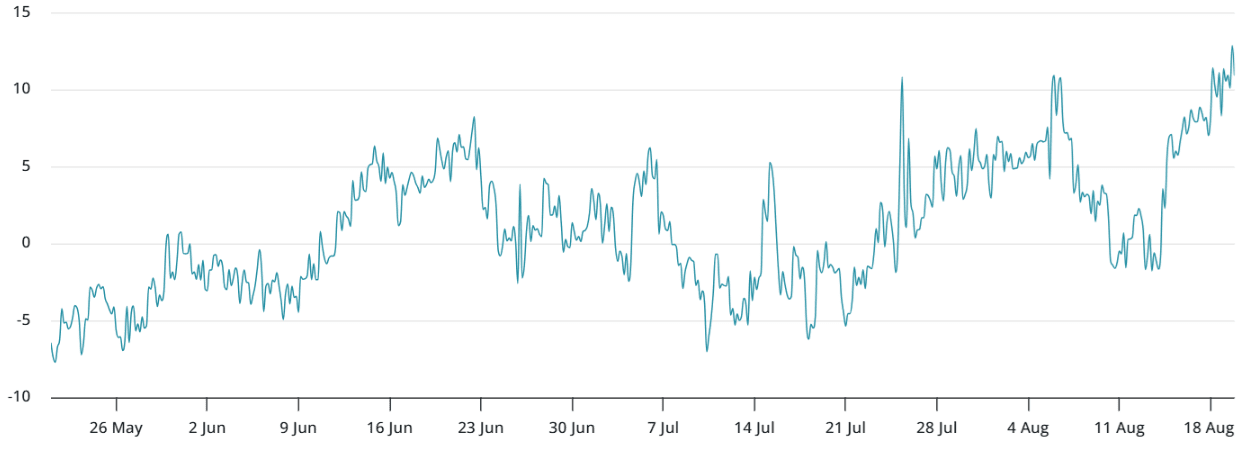Bitcoin has fallen below the $113,000 threshold for the first time in over two weeks, surprising investors and leading to the liquidation of $113 million in leveraged long positions. This sharp decline follows the all-time high of $124,176 on Thursday, raising questions about the potential end of the bull market as the macroeconomic environment becomes increasingly unstable.
The SEC Investigation And Disappointments Over Corporate AI
The price adjustment of Bitcoin has intensified after reports that the US Securities and Exchange Commission (SEC) is investigating fraud and stock manipulation at Alt5 Sigma, a company that recently partnered with President Donald Trump's World Liberty Financial in a $1.5 billion deal.

World Liberty, a company whose website lists President Donald Trump as an 'honorary co-founder,' has raised approximately $550 million through two public token sales, promoting itself as a DeFi platform and stablecoin. In June, Trump revealed that he earned $57.4 million from his stake in World Liberty Financial, while Eric Trump is expected to join the board of Alt5 Sigma.
Cryptocurrency investors also reacted to the 1.5% drop in the Nasdaq 100, after an MIT NANDA study, based on 150 business interviews and 300 public AI deployments, showed that 95% of companies do not achieve rapid revenue growth from AI pilot programs.
US Import Taxes And Erosion of Confidence in the Fed
Another factor contributing to risk aversion is the new US import tax, which imposes a 50% tariff on 407 additional products containing aluminum and steel. Affected items include everyday products such as auto parts, plastics, and special chemicals, raising economists' concerns about potential supply chain disruptions and rising consumer prices.
Investment bank UBS raised its gold price forecast to $3,700 by September 2026, according to CNBC. UBS strategists predict that gold prices will recover from below-trend economic growth, the Federal Reserve's (Fed) easing policies, and a weaker dollar. Concerns about the US budget deficit and questions about the Fed's independence also contribute to shaping this outlook.

Amid growing concerns about the contraction of the economy and its potential impact on Trump’s World Liberty financial-related companies, demand for protection against risk has surged in the Bitcoin derivatives markets. The delta spread index of BTC options turned to a downward trend on Friday and continued to worsen, reflecting increased investor caution.

The 30-day delta spread index of Bitcoin options (put-call) soared to 12%, the highest in over four months. Under neutral conditions, this index typically fluctuates between -6% and +6%, reflecting the equilibrium price for call and put options. Levels above 10% signal extreme fear but are rarely sustained for long.
Earlier, a spike to a 13% delta spread occurred on April 7, when Bitcoin fell below $74,500 for the first time in five months. Risk-taking investors at that time saw a 40% profit in the following month as Bitcoin rose to $104,150 on May 8.
Currently, there is no clear evidence that the Bitcoin price rally has ended. Investor fear often exceeds reasonable expectations. In fact, cryptocurrencies could even benefit from potential flows in the stock market, suggesting that the current volatility does not invalidate the long-term bullish trend of the market.



